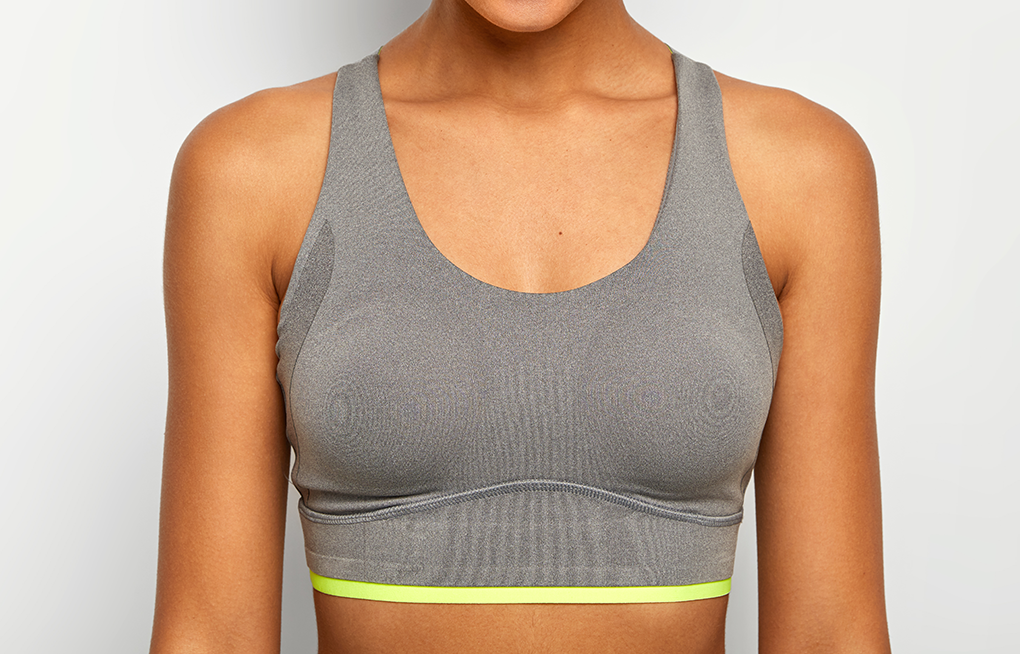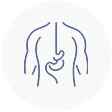Guidelines After Surgery
The following are some general guidelines for you to help and assist in your recovery after breast surgery. Please keep in mind that recovery is an individual process, and everyone recovers on different pace; so please do call if you have any further queries or concerns.
General guidelines:
- Listen to your body and rest when you feel tired.
- You would experience mild to moderate discomfort once the anaesthetic has worn off. So do take the analgesics regularly as per advice at the time of discharge.
- Follow the instructions in regard to your regular medications and the new medications suggested at the time of discharge.
- Support Bra
You will have a support bra placed on you after the surgery . It is a good idea to wear this bra day and night for 6–8 weeks after surgery. This bra could be removed during wound care and showers. This helps immobilize the breasts and will help alleviate discomfort. If the breast does not move very much, it will not hurt as much. In the long term, support bra helps in moulding the breast and restoring its aesthetic contours; hence you will need to wear it during the night for at least 3 months after the initial period of 6-8 weeks.

You will be given a prescription for Targin (Narcotic pain medication) for the management of moderate pain. It is recommended to take medication for pain when pain is experienced as per schedule. Some patients will experience very little discomfort and will not require this narcotic. Ibuprofen (Advil) or Panadol (Non-Narcotic Pain Medication) can be added to or replace the Targin. Please ensure that all pain-related medications are taken strictly under the guidelines provided at the time of discharge. The narcotic pain medication can cause constipation, so it is important to keep well-hydrated by drinking plenty of fluids. You should not consume any alcohol while you are taking narcotics. If you are constipated, you may take an over-the-counter stool softener.
You may resume most daily activities the day after surgery. For mastectomy patients, arm exercises can begin the day after surgery. It is important to start off slowly and gradually increase your range of movements. If you have a drain in place, it is important to be cautious and perform only very light exercises – and minimize any significant amount of repetitive activity. Too much activity can increase the amount of time that the drain needs to stay in. You can drive only when you are pain free AND when you are not taking any narcotics. You should not lift anything over 5 kilos on the affected side or any other strenuous activity such as exercise until you have cleared it with me. You should use both hands for lifting weights. Most people return to work within three to six weeks. Return to work varies with your type of work, your overall health and personal preferences. Discuss returning to work with us.
You should keep the dressings on the incision site for at least 48 hours after surgery. After that time, you may remove the dressings and shower. After your shower, gently dry the wound site. Do not apply any creams or ointments to the operated areas. You should not take tub baths or do any swimming. You will find paper tapes _ Steri-strips, on the incision when you remove the dressing. Please do not remove these Steri-strips—they will usually peel off within 10 days. If they have not come off by then, you may slowly peel them off. The incision is closed with absorbable sutures that are under the skin. Therefore, you will not have to have any sutures removed in the office. You may experience some minor swelling and numbness along the incision. Also, your scare can be lumpy, it usually settles within a few months. If you have incision around nipple it could be wrinkly for a few months. You would also, have bruises over your breast, it depends on how much breast tissue has been mobilized inside.
If you have had an axillary dissection, mastectomy or Oncoplastic surgery, you will have drains placed at the time of surgery. You might go home with these drains as they usually are required for 5–10 days. You will need to empty the drain and “milk” the tubings 3–4 times per day. “Milking” the drain prevents it from becoming clogged. If the bulb fills up sooner, you will need to empty it then. You should measure and record the output of the drain every time you empty it. You should squeeze the bulb of the drain when you close the cap. This provides vacuum for the drain to work. The drain is usually ready to be removed when the drain output is less than 30 cc over a 24 hours period (for 2 days). You might get more fluid in your breast/armpit even after removal of drain, this is normal. Your body would deal with the fluid and absorb it slowly over few months. If it causes significant discomfort, we will insert a needle and aspirate it.
Contact us if you have any of the following:
- Pain that is not relieved by medication
- Fever more than 37.8 degrees or chills
- Excessive bleeding, such as a bloody dressing
- Excessive swelling
- Redness outside the dressing
- Discharge or bad odour from the wound
- Allergic or other reactions to medication(s)
- Anxiety, depression, trouble sleeping, need more support
Call us on 07 4646 3280
Follow Up Appointment
I would like to see you in the office 7-10 days after your surgery. Please call 4646 3280 to schedule this appointment.
Pathology Results
I will personally, call you once I have received the pathology results—this usually takes 3-5 days.
Contact Us:
Contact us for any unanswered questions and emotional support needs.
Call 07 4646 3280 and ask to speak with a nurse during the day,
or 0499 158 311 out of hours to reach your doctor or
St Andrew’s Hospital on 07 4646 3000 to speak to an on – call doctor.

Aesthetic Surgery
Breast Reduction and Lift, Otoplasty, Abdominoplasty, Rhinoplasty, Liposuction, Gynecomastia and more

Reconstructive Surgery
Trauma Injuries and Chronic Wounds, Skin Cancer Removal or Repair, Management of Chronic Wounds

Breast Surgery
Oncoplastic Breast Surgery, Lumpectomy, Mastectomy, Breast Benign Disease, Sentinel Node Biopsy

Hand Surgery
Our surgeons are experienced in treating Hand Disease and Hand Trauma reconstructive procedures

General Surgery
Hernias, Gall Bladder Surgery, Colonoscopy, Gastroscopy, Thyroid Surgery, and Bowel Surgery
Not Sure What You Need?
Simply give us a call and book an appointment for yourself. Click below and contact our practice to arrange a consultation time to go through your treatment options. We are here to help.